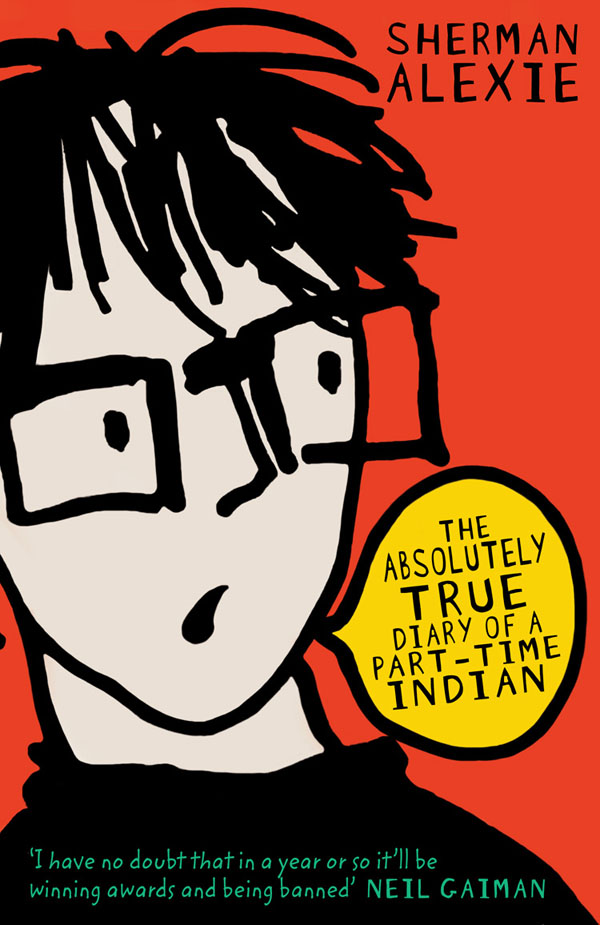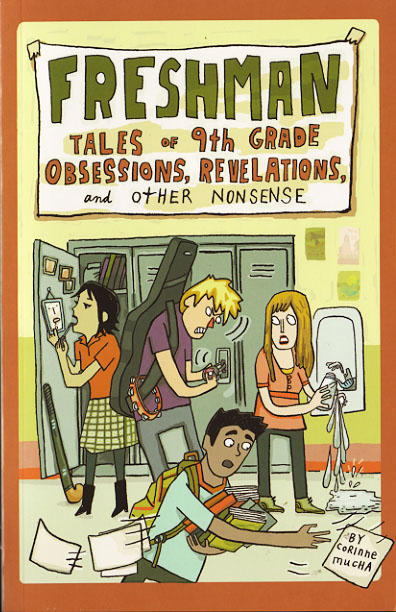November 18, 2011
In his 2007 children's book,
The Invention of Hugo Cabret, author
Brian Selznick tells the story of an orphan named Hugo who lives in the walls of a Paris train station and spends his time winding the clocks.
Now, director Martin Scorsese is coming out with a film adaptation of that book. The film,
Hugo, is Scorsese's first 3-D project, and while it marks a creative departure for the man behind
The Departed,
Taxi Driver and
Goodfellas, it still deals with familiar territory. That's because while tracking the story of the young Hugo, the book also tells the story of the early days of filmmaking and the genius of real-life French filmmaker Georges Melies, who is played in the film by Ben Kingsley.
Melies was a magician before he started making movies around 1900. Brian Selznick tells NPR's Melissa Block that his book was inspired in part by Melies' 1902 film
A Trip to the Moon, in which a rocket zooms toward a moon with a human face on it.
AP In Georges Melies' silent film A Trip to the Moon, a group of astronomers travels to the moon in a giant bullet.
"All of a sudden, with a cut of the camera, the rocket goes right into the eye of the man on the moon," Selznick says. "He's got the rocket in his eye, and white goo is kind of coming down where the rocket hit the moon, and he's sticking his tongue out."
That kind of imagery also fascinated Scorsese, who tells Block about his memories of watching Melies' work.
"I was fascinated by the sleight-of-hand concept," Scorsese recalls. "[Melies] saw the potential in these moving images, and these images that came up on the screen ... absolutely took me to another planet."
Melies had a hand in every aspect of his films, Scorsese says, from painting the sets to the costumes to writing the stories to figuring out how to make his ideas work on film. One — perhaps apocryphal — anecdote has Melies discovering the potential of cinematic tricks while shooting the exterior of the Paris Opera. The camera jammed just as a bus was going by, so Melies stopped shooting to fix the problem, then started rolling again. The interruption made it look like the bus simply disappeared from the frame.
"And he said, 'Well, I think I can do that in a studio,' " Scorsese says. "He invented what we do now — blue screen, green screen — he invented all of that."
For his new film, director Martin Scorsese worked to re-create the scenes of Brian Selznick's illustrated children's book The Invention of Hugo Cabret.
A Child's 'Sense Of Magic'
"If you ever wondered where your dreams come from when you go to sleep at night, just look around," Selznick's Melies tells a young Hugo. "This is where they're made."
Scorsese says
Hugo is all about dreams, and as overworked as that idea may be in the movie business, it's particularly appropriate when it comes to a film based on a children's book
.
"For children there's always a sense of magic," he says. "There's always a sense of something beyond the natural when you see the images move that way."
And he would know. Scorsese says he has fond memories of visiting friends who owned home movie projectors when he was a boy. "They projected some black-and-white cartoons. It was absolutely extraordinary to see that."
So making a film in 3-D was a natural next step, and one that allowed Scorsese to add depth to scenes of Hugo climbing on the train station's gigantic clock mechanisms.
"It sounds like a cliche, but the idea is that you're
in the world with them," he says of his decision to film in 3-D. "When you start telling stories, you want sound, color, a big screen, so to speak, and depth. People have always wanted that, and so for me this was a great opportunity."
There was still a learning curve to using the new technology, but despite all that, Scorsese describes
Hugo as one of the most rewarding experiences he's ever had making a film. It also may have helped that the characters in
Hugo don't have a lot in common with the characters Scorsese usually works with, who "may not be the nicest people to be around."
"But you know,
Taxi Driver in 3-D would have been interesting," he says. Just imagine a 3-D version of Robert De Niro asking a mirror, "You talkin' to me?"
"He'd be talkin'
to ya," Scorsese says. "That would be amazing."

 The bookseller at my local store was frantically restocking after the grand opening weekend and was making room to face out Jon Klassen’s wickedly funny I Want My Hat Back. After I commented on the book, she said, “I’ve read a lot about this book, but I have not had time to read it yet.”
The bookseller at my local store was frantically restocking after the grand opening weekend and was making room to face out Jon Klassen’s wickedly funny I Want My Hat Back. After I commented on the book, she said, “I’ve read a lot about this book, but I have not had time to read it yet.”



















